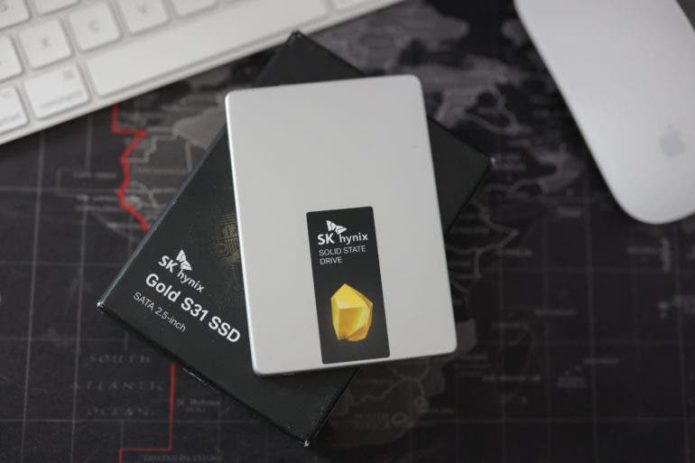

Open Terminal (Applications>Ultilities)Ģ. There are different package managers available, and Homebrew is a popular one, so we’ll use it here.ġ. Now you need to install a package manager, which is a set of tools needed to perform tasks like installations and uninstalls.
#CHECK SSD HEALTH MAC TERMINAL SOFTWARE LICENSE#
You need to agree to its software license before you can continue, type your Mac password, and as well as the Terms and Conditions.

You can get Xcode in the App Store for free.Īfter you download Xcode, head over to the Utilities folder to open it. It has a set of command line tools that your Mac needs before you can install and run Homebrew, which is a prerequisite for running smartmontools. The first thing you need to do is install Xcode, an Apple app for developers. The worst-case scenario is you'll need to reinstall macOS in Recovery Mode, which will take some time but will leave all of your files intact. These instructions were created using macOS Big Sur, but they can also be used in macOS Catalina. If something goes wrong, don't panic. There are so many times I could’ve saved myself some frustration if I was just more careful with my typing. While the procedure isn’t difficult (if I can do it, you certainly can), since you’re dealing with command line entries, you need to pay a little closer attention to what you’re doing than with apps you usually use on the Mac.
#CHECK SSD HEALTH MAC TERMINAL HOW TO#
In this article, you’ll learn how to set up the Terminal so you can install and run smartmontools. It runs in the Terminal, the command-line interface for the Mac that you’ll find in the Utilities folder inside Applications. It’s not a typical app with an icon that you double-click to launch and menus and windows you navigate. To gain insight into the health of your SSD, you can use a software tool called smartmontools, which taps into the Self-Monitoring, Analysis and Reporting Technology (SMART) system that’s built into SSDs. There is a catch with smartmontools, though. So even if you have a brand new M1 Mac, you might want to check on your drive's health from time to time. Most recently, users started noticing that new M1 Macs and some Intel-based ones are showing advanced wear after just a few months of use, a troubling sign that could cause drives to burn out years before expected. While it usually takes a really long time to wear out an SSD-likely far longer than you'll keep your Mac-problems can arise. Since the SSD is such a vital part of your Mac, it’s a good idea to keeps tabs on its health. But there’s one thing you may not know about SSDs: They wear out over time. If you have a newer Mac, it likely uses a speedy solid-state drive to store files, apps, music, videos, and a lot of other important stuff.


 0 kommentar(er)
0 kommentar(er)
